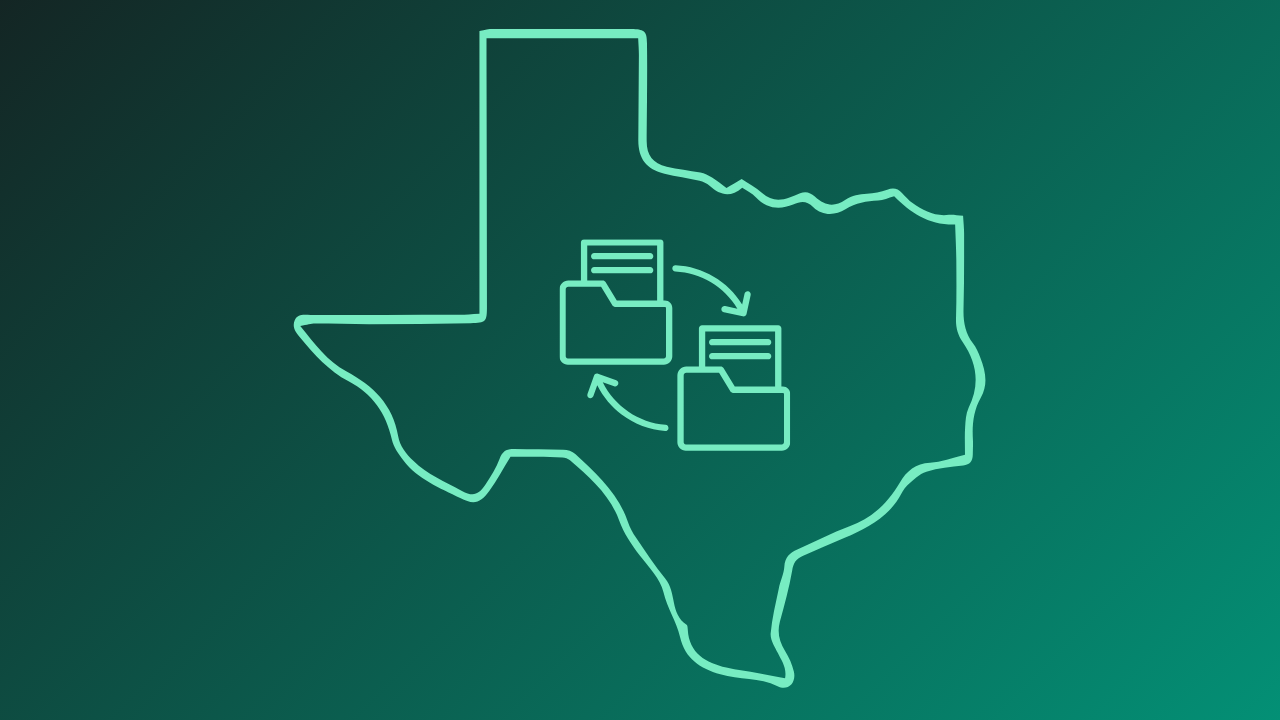
Top 5 Trends Shaping Managed File Transfer (MFT) in 2026
AI, Automation, and Advanced Reporting: Redefining How Data MovesTechnology as we know it today, is ever-changing, and the software solutions designed to move the most sen

AI, Automation, and Advanced Reporting: Redefining How Data MovesTechnology as we know it today, is ever-changing, and the software solutions designed to move the most sen

Let’s face it. File transfer solutions don’t feel flashy. They move payroll, claims, statements, and more—quietly, every day.

Every organization moves data; some data is highly sensitive; other data is impressive due to its extreme volume.
Discover why general IT troubleshooting is becoming a lost art, the essential steps every IT team should follow, and how automation with Managed File Transfer (MFT) can minimize errors, boost efficiency, and free up time for higher-priority tasks.

TX-RAMP grants official certification to Globalscape EFT, providing agencies with a pre-vetted, secure solution for transferring sensitive files.

Businesses today rely on the safe transfer of data to operate securely in today’s digital economy.

In today’s rapidly evolving digital landscape, data is the lifeblood of businesses. The need for secure and efficient data transfer solutions has never been more critical.

The Energy Industry Is Moving at Light SpeedToday’s energy and utility companies face a number of evergreen issues, from adhering to mandatory regulations and cybersecurity standards, to b ...

In today’s world, the secure and swift transfer of data is a cornerstone for businesses of all sizes.

With Proofpoint’s Secure Share file exchange solution reaching end of life, you might find yourself in search of an alternative secure file transfer (SFT) solution.

In today's data-driven world, organizations increasingly rely on the cloud to transfer files securely and efficiently.

Whether your organization’s employees are back in the office at their desks full time, or more commonly pop into your brick-and-mortar location two to three times a week in hybrid fashion, it’s imp ...

Start your secure file transfer strategy off right with Globalscape's top stories of 2022.
Page 1 of 8